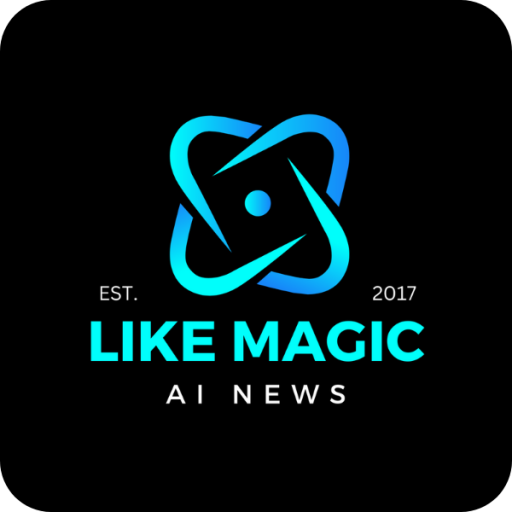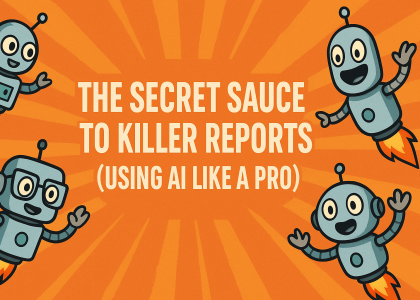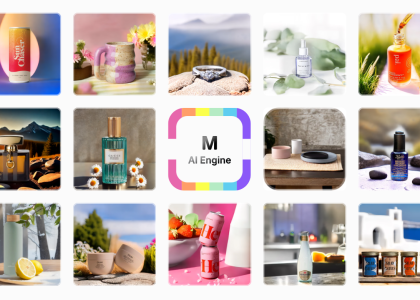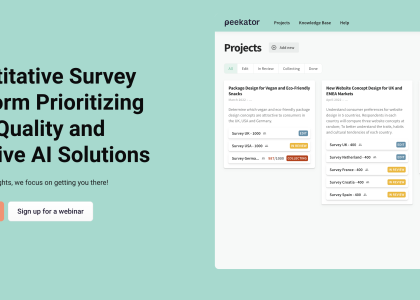Five years ago, I learned Python out of sheer necessity.
I wasn’t trying to become a developer. I’m really not technical person, for crying out loud. But I kept running into problems that couldn’t be solved with spreadsheets and Google Docs. I needed automation. I needed data analysis. I needed… code.
So I learned just enough Python to survive.
And back then, it was painful. Like learning to swim by being dropped in the ocean painful. Stack Overflow, forums, hours of debugging… all that.
Fast forward to today — and I laugh when I see what’s possible now.
Because we’ve entered the era of vibe coding.
What’s “Vibe Coding”?
It’s coding where you don’t start from a blank screen.
You start with a vibe — an idea, a sentence, a sketch of what you want — and let AI do the heavy lifting.
You talk to the tool, describe your goal in plain English, and it spits out real, working code. Websites, apps, automations, APIs — all built in hours, not weeks.
You don’t need to “be technical.”
You just need curiosity and a keyboard.
⚡ The Real Power of AI Coding Tools
Let’s be clear — GenAI’s best real-world use case right now isn’t fancy chatbots or auto-generated PowerPoints.
It’s building software.
These tools are breaking the wall between “idea people” and “technical people.”
Here’s my personal field guide — tools I’ve tested, broken, and fallen in love with along the way 👇
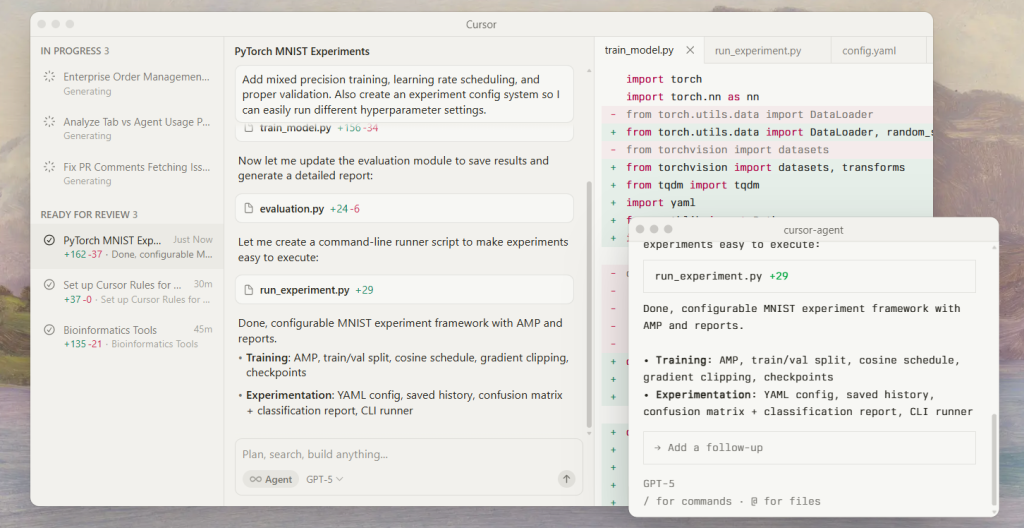
1. Cursor
The smoothest AI-native code editor out there.
It understands your codebase — context, dependencies, even your comments.
Perfect for full-stack devs, refactoring, or writing clean code with AI whispering in your ear.
🧩 Best for: Developers who want to integrate AI deeply into their daily workflow.
2. Windsurf
Built by the Codeium team, it’s Cursor’s calmer sibling.
It’s clean, efficient, and gets the job done — though it lacks some of Cursor’s bells and whistles.
🌊 Best for: Those who want a lightweight alternative to Cursor.
3. Lovable
Now this one’s my jam.
Lovable is like Bubble with rocket fuel. You describe what you want — “a website for booking field sampling equipment” — and it builds the backend, UI, everything.
No code, no pain, no excuses.
💡 Best for: Non-tech founders who want to ship MVPs fast.
4. Bolt
Bolt creates instant web apps — right in your browser.
It’s like saying, “make me a dashboard for DNA samples,” and boom, you have it.
🚀 Best for: Prototypes, demos, or internal tools.
5. v0 (by Vercel)
v0 is really slick. It takes your prompt and turns it into beautifully structured React components.
Great for designing UIs or landing pages when you care about quality and clean code.
🎨 Best for: Frontend devs and designers who love polish.
6. Claude Code
Anthropic’s AI for coders — but in your terminal.
It’s smart, context-aware, and terrifyingly good at refactoring and writing scripts that just work.
🧠 Best for: Power users who live in the terminal and want serious automation.
7. Replit
My old reliable Replit.
If vibe coding was a university, Replit would be the freshman dorm — accessible, social, and full of energy.
You can learn Python, build web apps, and collaborate — all in your browser.
It’s where I still experiment, prototype, and teach my AI ideas to talk back.
🔥 Best for: Beginners, tinkerers, and anyone learning to code by doing.
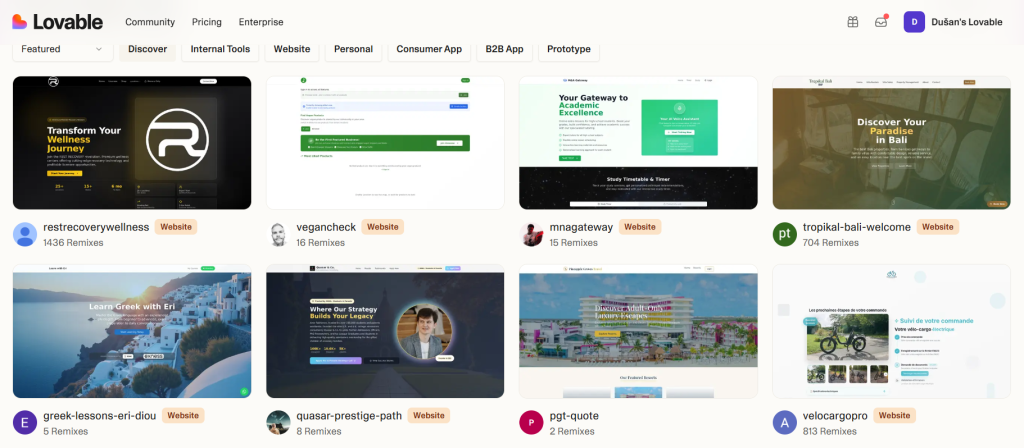
My Takeaway
If you told me five years ago I’d be building AI-driven prototypes and web apps myself, I’d have laughed.
But here we are.
AI has turned coding from a profession into a superpower.
You don’t have to be a developer to use it — you just have to start.
So, whether you’re a scientist, marketer, or founder:
Don’t sit on the sidelines. Open Replit. Try Lovable. Experiment with v0.
Because vibe coding isn’t just the future of software development.
It’s the future of creating anything you can imagine.
TL;DR:
I learned to code out of necessity. Today, AI tools like Replit, Lovable, and v0 let me build real apps — fast. You don’t need to “learn to code” anymore… you need to learn to vibe with AI.

